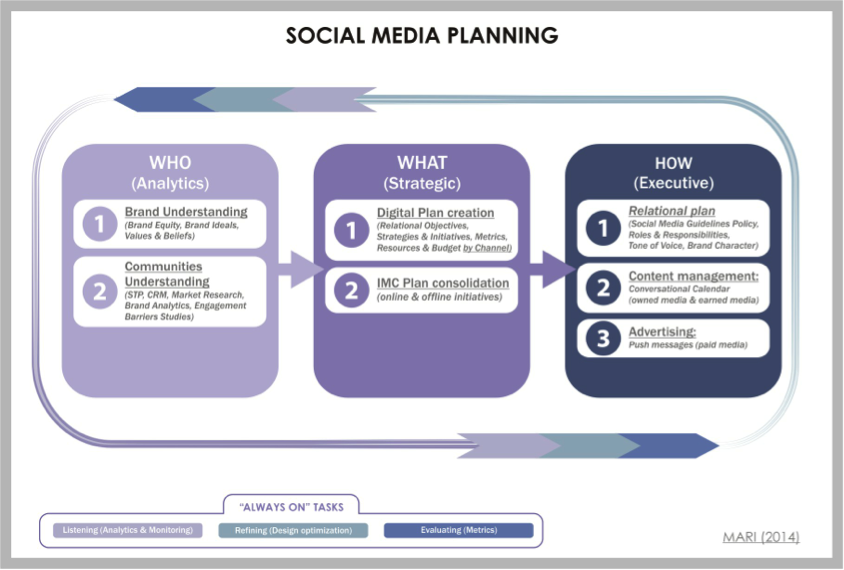Invest in your Brand Community to increase Customer Loyalty
Nowadays, companies are constantly reconsidering their online strategies due to the risk of seriously damaging their reputation, being labeled as “anti-social”, or being unable to handle online conversations. Despite the common belief that keeping an existing customer is seven times cheaper than winning a new one (Bain & Company, 1999), companies have shown a reluctance to invest in relationships by creating online communities on social media platforms (Merloet al., 2013). This is mainly driven by the strong focus on immediate economic results, also enhanced by the recent global financial crisis, which is often preferred to the promise of stronger long-term results. However, several studies have shown that proactive participation in online brand-related conversations has a significant impact on brand advocacy and, subsequently, on the bottom line. Studies have shown that 71 percent of consumers who receive a response to a customer service request on social media “recommend” the brand to others (NM Incite, 2012) and spend 20–40 percent more with that company (Bain & Company, 2011).
A recent paper published by Merlo et al. (2013) explained how companies tend to focus on encouraging customers to recommend their brands by spreading positive word of mouth instead of fostering customer participation (or engagement). There are two main rationales for this preference.
The first is the false belief that customer acquisition is more critical than customer retention for brand performance; the second is the false belief that brand advocacy is the main driver of increased customer loyalty.
In the so-called “sharing economy” (Mathews, 2014), it is clear why customer advocacy is emphasized over customer engagement. However, the practices ofactively and systematically encourage customers to volunteer constructive ideas and suggestions to improve product and service offerings is an “underutilized weapon in the marketer’s arsenal” (Merlo et al., 2013). Despite the huge availability of brand-related information on the Internet, consumer advocacy is still considered to be a major factor influencing brand preference (Almquist and Roberts, 2000). In accordance with the research presented by Merlo et al. (2013), the benefits and positive returns of customer participation are underappreciated.
Engaged customers are more likely to become repeat customers, buy more of a company’s products and services, and ultimately deliver more profit.

I believe that community commitment is an attitudinal antecedent of brand advocacy (and brand loyalty), and is therefore fundamental to the ultimate goal of building brand equity.
In other words, an effective brand advocacy attitude is most easily found in consumers that have shown commitment and/or engagement toward a brand and its community.
Since consumer attachment to a brand community translates into improved loyalty behavior (brand advocacy and brand loyalty), brand managers who are considering customer loyalty improvement strategies need to understand the value of managing an online brand community effectively.
Alex Mari - Founder & Creative Director of BrandMate - www.brandmate.it



Comments